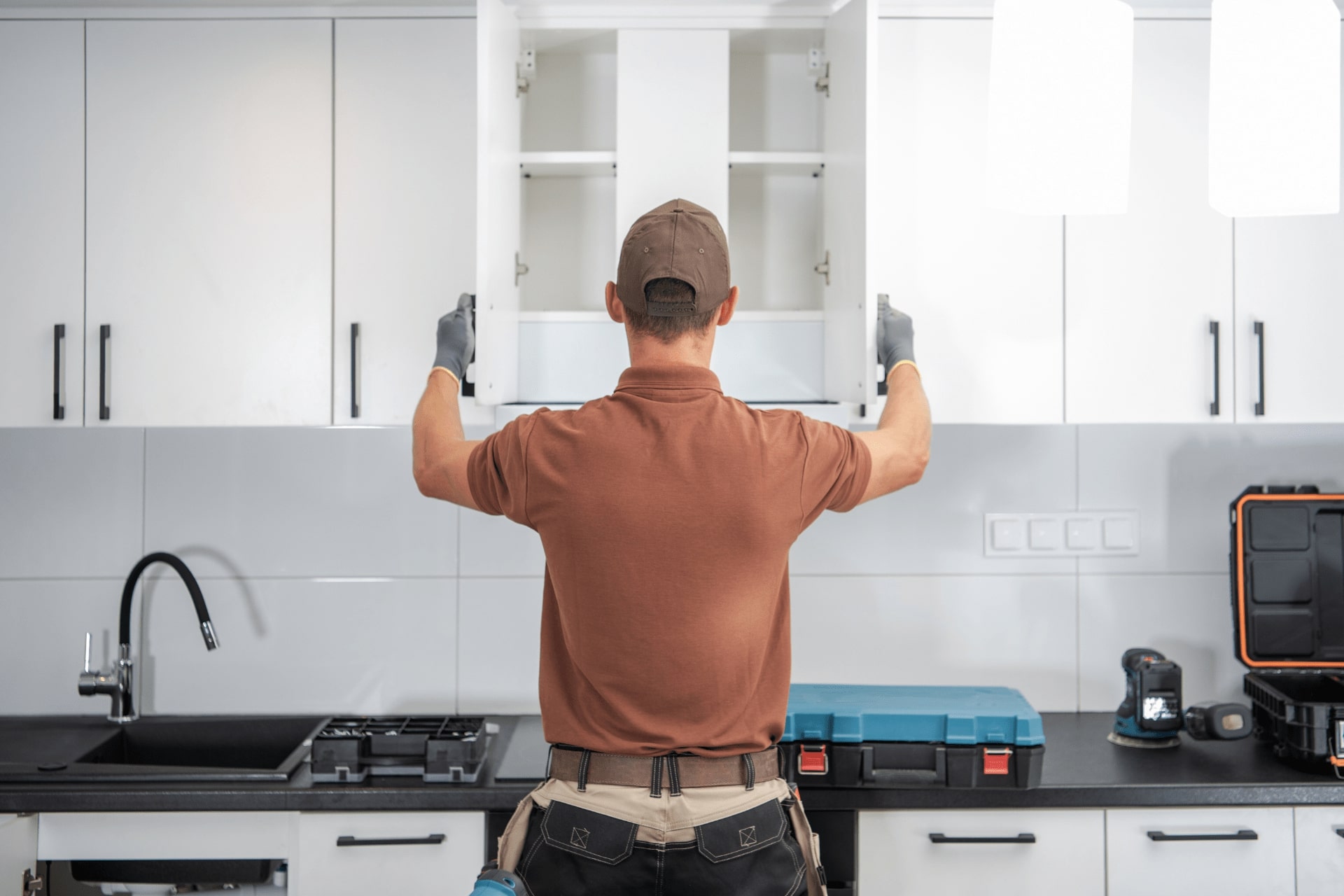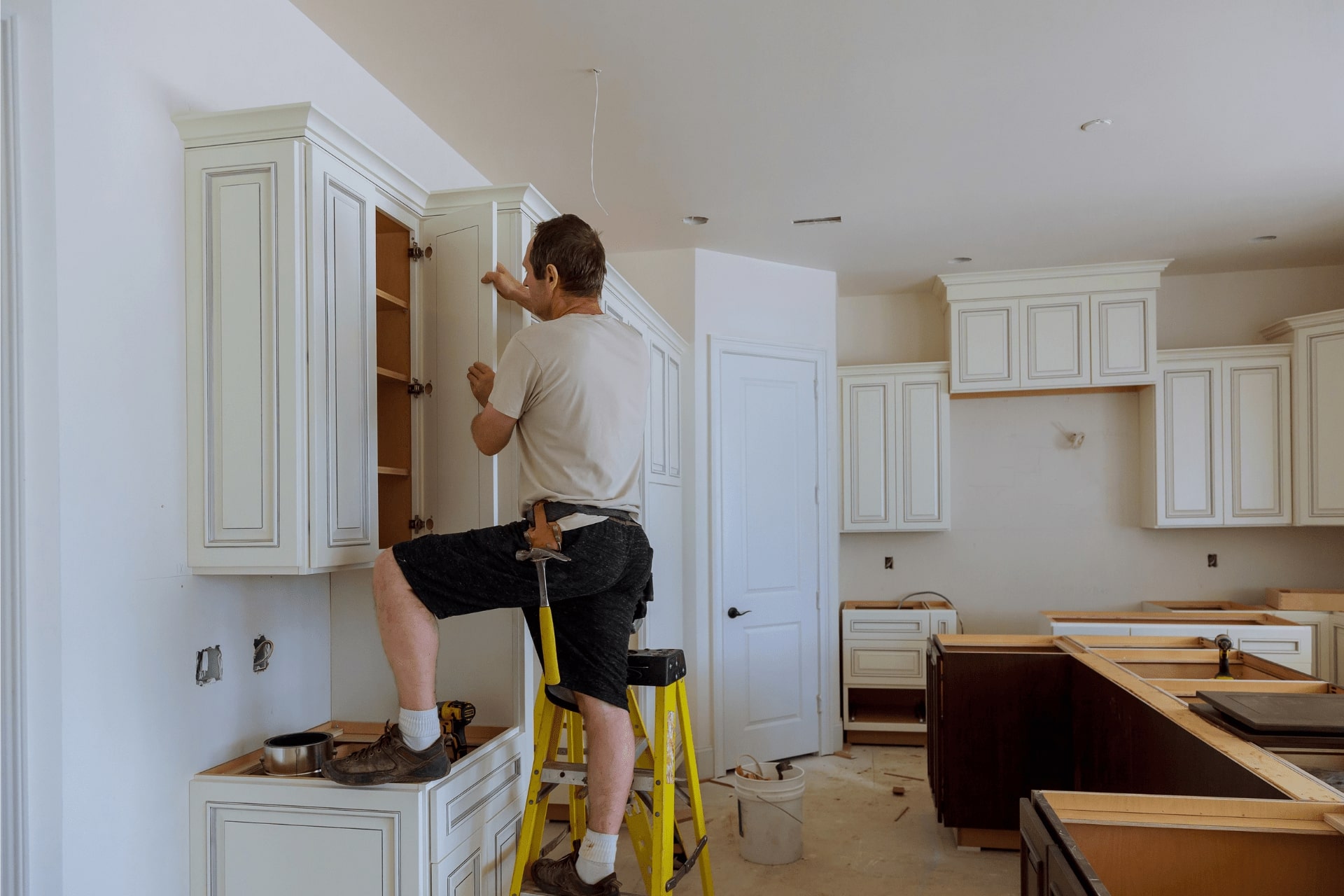
How to Measure Kitchen Cabinets
If you’re planning to renovate or update your kitchen, measuring your kitchen cabinets is a crucial step to ensure that you purchase the right size and type of cabinets. Measuring your cabinets is not as complicated as it may seem, and with the right tools and guidance, you can get accurate measurements for your kitchen cabinets.
Here are some steps to follow when measuring your kitchen cabinets:
1. Gather the necessary tools
To measure your kitchen cabinets, you’ll need a measuring tape, a pencil, and paper to write down your measurements.
2. Measure the length of the cabinets
Start by measuring the length of your kitchen cabinets. Begin at one end of the cabinet and measure to the other end. Be sure to measure the entire length of the cabinet, including any trim or molding. Record this measurement on your paper.
3. Measure the height of the cabinets
Next, measure the height of the cabinet. Start at the bottom of the cabinet and measure to the top. Again, include any trim or molding in your measurement. Write down the height measurement on your paper.
4. Measure the depth of the cabinets
The depth of the cabinet is the distance from the front of the cabinet to the back. To measure the depth, start at the front of the cabinet and measure to the back. Make sure to measure the full depth, including any molding or trim. Record the depth measurement on your paper.
5. Measure the space between cabinets
If you have multiple cabinets in your kitchen, measure the space between them. This measurement will help you determine the correct width of any filler panels you may need to fill any gaps between cabinets. Record this measurement on your paper.
6. Take note of any obstacles
It’s important to take note of any obstacles, such as pipes or electrical outlets, that may affect the installation of your cabinets. Measure the distance from the edge of the cabinet to the obstacle, and record this measurement on your paper.
7. Double-check your measurements
After measuring all of your cabinets, double-check your measurements to ensure accuracy. It’s always better to be safe than sorry, so take the time to confirm your measurements.
Once you have all of your measurements, you can use them to purchase the right size and type of kitchen cabinets for your space. Remember to take into account any obstacles or gaps between cabinets, as well as the style and design of your kitchen, when selecting your cabinets.
Most Asked Questions About Measuring Kitchen Cabinets
How do you measure cabinet size?
To measure cabinet size, you need to measure the length, height, and depth of the cabinet. Measure the length from one end of the cabinet to the other end, the height from the bottom of the cabinet to the top, and the depth from the front of the cabinet to the back.
How do you take measurements for kitchen cabinets?
To take measurements for kitchen cabinets, you need to measure the length, height, and depth of each cabinet. Additionally, measure the space between cabinets and any obstacles that may affect the installation of the cabinets.
How do you measure for new base cabinets?
To measure for new base cabinets, measure the length, height, and depth of the space where the new cabinets will be installed. Take into account any obstacles or gaps between cabinets, and use these measurements to purchase the right size and type of cabinets for your space.
What does 10×10 kitchen cabinets mean?
The term 10×10 kitchen cabinets refers to a standard kitchen layout that includes a total of 20 linear feet of cabinets. The cabinets are typically arranged in an L-shape or U-shape, and the 10×10 measurement represents the total square footage of the cabinets.
What is standard kitchen cabinet sizing?
Standard kitchen cabinet sizing varies depending on the manufacturer and the style of the cabinet. However, most base cabinets are 24 inches deep and 34.5 inches tall, while upper cabinets are typically 12 inches deep and 30 inches tall.
How do you measure for a kitchen cabinet door replacement?
To measure for a kitchen cabinet door replacement, measure the width and height of the existing door. If the door is not a standard size, you may need to have a custom door made.
Are all base cabinets 24 inches deep?
Most base cabinets are 24 inches deep, but some manufacturers offer cabinets that are 21 inches or 27 inches deep.
How many inches should be between upper and lower cabinets?
The standard distance between upper and lower cabinets is 18 inches. However, this distance can vary depending on the height of the person using the kitchen and the size of the items that will be stored in the cabinets.
Should upper cabinets line up with lower?
It is not necessary for upper cabinets to line up with lower cabinets, but it can create a cohesive look in the kitchen. Additionally, lining up the cabinets can make installation easier.
Should kitchen cabinets go to 9 foot ceiling?
Kitchen cabinets can go up to the 9-foot ceiling, but it may not be necessary or aesthetically pleasing in all cases. It’s important to take into account the overall style and design of the kitchen when deciding on cabinet height.
Should upper cabinets be same width as lower cabinets?
Upper cabinets and lower cabinets do not necessarily need to be the same width. The width of the cabinets can be adjusted based on the space available and the overall design of the kitchen.
How do you measure for cabinet knobs or handles?
To measure for cabinet knobs or handles, measure the distance between the two screws on the back of the knob or handle. This measurement will help you determine the correct size and placement of the hardware on the cabinet.
Can kitchen cabinets be customized to fit a specific space?
Yes, many cabinet manufacturers offer custom cabinets that can be made to fit a specific space. Custom cabinets can be tailored to fit unique layouts or to accommodate specific storage needs.
Measuring your kitchen cabinets is an important step in any kitchen renovation or update. By following these simple steps, you can ensure that you get accurate measurements and purchase the right size and type of cabinets for your space.
